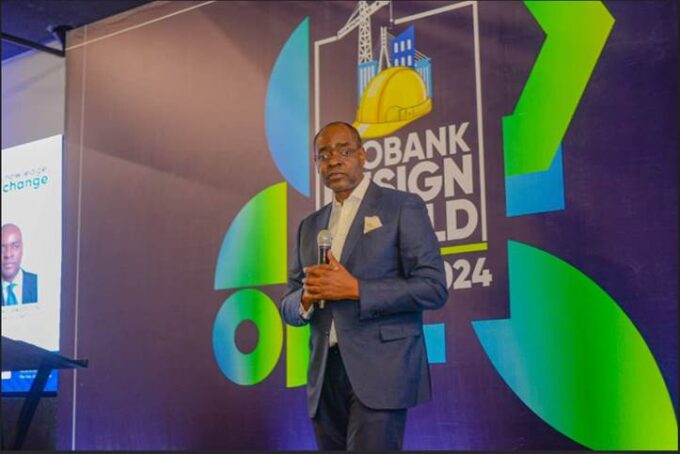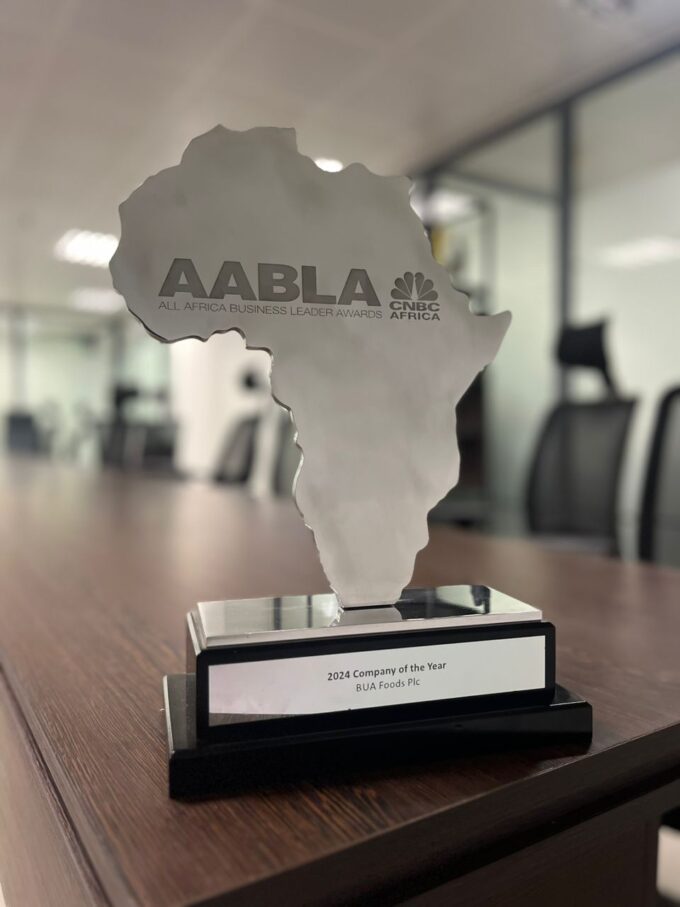February 4, 2019/InvestmentOne Report
· Nigeria cement industry continues to show robust opportunity for growth in the long term. This will be driven by potential increase in cement demand from government as well as private sector. However, in the mean time we only expect a moderate growth in the sector.
· Dangote cement continues to dominate the Nigerian Cement sector as it boasts market share of over 65% in 2018. We are confident that this dominance may continue in the long term. The cement producer was able to increase its volume sales (10.76mta, 9M2018) by 11.7%; this pushed turnover upwards by 13.54% to N685billion. We highlight that the firm enjoyed a 5% increase in prices (N44,311/tonne) for the most of H1 2018 before prices slid down to N43,187/tonne; this may have also impelled turnover upwards as well as gross profit, which rose by 15.68% to N398billion.
· Despite the N131 billion right issue in 2017, targeted at deleveraging the group’s balance sheet, Lafarge Africa continues to suffer huge finance cost challenges which have consistently wiped out its profit quarter after quarter. With net debt currently at N237billion (as at 9months), we believe the right issue of N90 billion will reduce net debt to about N183billion, raising interest cover and dropping Debt/Equity ratio to 1.2x and 91% respectively.
· The gradual and planned expansion of cement production facilities within BUA group is propelling the cement manufacturer to becoming a significant player in the cement space. In 2018, the group was able to expand its operations by 1.5mmta in its Kalambiana cement factory, which later merged with CCNN (another member of the group), bringing the latter’s production capacity to 2.0mmta.
· We are cautious of the likelihood of seeing increase in prices of cement as emerging player CCNN/BUA group could also attain considerable influence on prices. We highlight that DANGCEM granted discounts and additional rebates to stimulate sales after CCNN cut prices in Q3 2018; management highlighted that the firm lost some share of demand because they did this after competitors.
· The trajectory of capital expenditure in the past years has been a little too slow to foster the fast growth needed to propel cement industry. Now we are even uninspired as to the proposed capital expenditure of 2019, which surprisingly comes lower than 2018 budget approved. In the same vein, late passage of budget has been a major hindrance to budget implementation; further mitigating the potentials of an already lower capital expenditure. Therefore, we expect only a moderate growth in demand in 2019.














